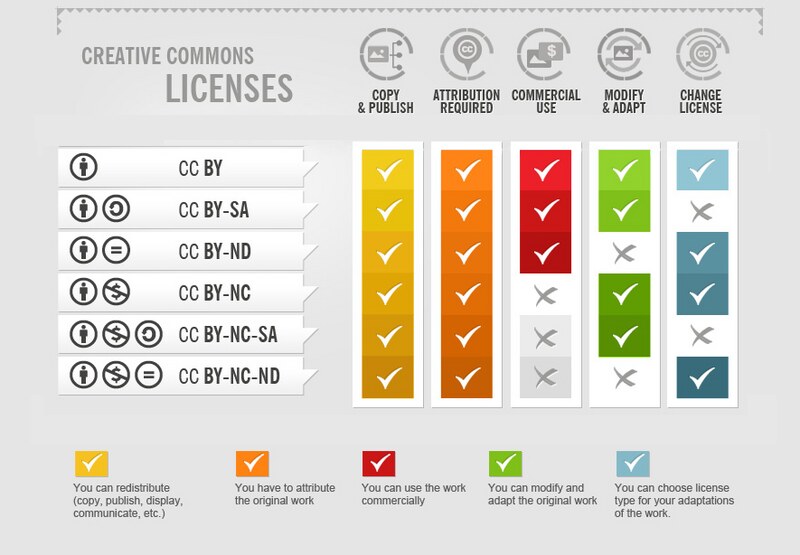
What is Open Access?
Open access allows readers unmediated free digital access to scholarly works.
Open access works are often published under a Creative Commons License which may also allow the work to be freely downloaded, copied, distributed, reused and/or shared.
Open access publishing models commonly shift the cost of publishing from the reader to the author.
Want to make your work publicly accessible to all readers? You have options!
Diamond, Gold, Hybrid, and Green are open access publishing models that offer assorted levels of open, with varying benefits to readers and authors in terms of copyright and accessibility.
Note that Gold and Hybrid models do cost money to the author. Before selecting a journal, consider the open access model that's right for you.
Click the tabs to find out author considerations and resources for each open access option, or check out the video below for an introduction to open access publishing.
Option 1: Diamond
PROS:
CONS:
FOR EXAMPLE:
Find Diamond journals in the Directory of Open Access Journals (DOAJ) by clicking no-APC journals and then searching by keyword or filtering for your field, or contact your librarian to request a search of 100% open, no-fee journals for your topic.
Option 2: Gold
PROS:
CONS:
FOR EXAMPLE:
Find Gold journals in the Directory of Open Access Journals (DOAJ). The Directory of Open Access Journals only includes journals that have met quality standards and offers information about author fees, aims and scope, indexing, and author rights for each journal. Or, contact your librarian to request a search of open access journals for your topic.
Option 3: Hybrid
Hybrid journals offer authors the option to make their article openly accessible, for a fee.
PROS:
CONS:
FOR EXAMPLE:
Look for information about author rights, and open access options and costs on the journal's homepage. You can also find information about "transformative journals" from the big publishers Springer, Elsevier, and others on their websites.
Option 4: Green
An unpublished version of the published article may be made available in a public access respository such as PubMed Central or Touro Scholar.
NOTE: Only peer-reviewed works accepted to a journal may be deposited in Touro Scholar and PubMed Central.
PROS:
CONS:
FOR EXAMPLE:
Due to a funding requirement, the author manuscript is was made publicly available in PubMed Central. From PubMed, the published, formatted version is avilable via the New England Journal of Medicine link, while the author manuscript is freely accessible via the PMC link.


Find open access, copyright, and archiving permissions by journal in SHERPA ROMEO, or on the journal's homepage. NYMC librarians are available to assist you.
What to Know About APCs
Most Gold and Hybrid journals charge authors an "APC" ("author processing charge", aka "author processing fee" or "author publishing charge") for making a work open access. This is meant to cover the publisher's cost of doing business while the journal or article is not being made available as the result of paid subscriptions.
Plan Ahead
The Phillip Capozzi, M.D. Library participates in transformative agreements, fellowships, and memberships that provide NYMC-affiliated authors with discounts or full waivers on publishing charges:
|
Journal/Publisher |
Fee Information |
Information |
NYMC Library Status |
|
American Chemical Society (ACS) Author Choice |
NYMC authors are entitled to a $250 discount on article processing fees for open access articles. Additional discounts apply if authors are ACS members. |
subscriber institution |
|
| American Physiological Society (APS) | Corresponding authors will automatically have their work published under a Creative Commons license, and their articles will be made open access at the time of publication. | Publish with Purpose | subscriber institution |
|
Corresponding NYMC authors can publish articles with no publication fees and discounted page fees. |
subscriber institution |
||
|
NYMC authors are entitled to unlimited article submission with no publication fees. Contact a librarian to receive your fellowship code. |
subscriber institution |
||
|
NYMC's corresponding authors are entitled to a $500 discount on article processing fees for fully open access articles. |
subscriber institution |
||
|
NYMC-affiliated corresponding authors may publish their article open access (OA) with fees covered by the library's subscription. |
subscriber institution |
Contact an NYMC librarian if you have questions.
Many open access works are licensed with a Creative Commons license, which define the works' terms of use.
There are six types of Creative Commons licenses, with varying degrees of openness. This chart will help you distinguish between them:
 Creative Commons licenses by Foter (CC-BY-SA)
Creative Commons licenses by Foter (CC-BY-SA)
NOTICE OF NONDISCRIMINATORY POLICY AS TO STUDENTS
The New York Medical College admits students of any race, color, national and ethnic origin to all the rights, privileges, programs, and activities generally accorded or made available to students at the college. It does not discriminate on the basis of race, color, national and ethnic origin in administration of its educational policies, admissions policies, scholarship and loan programs, and athletic and other school-administered programs. See full non-discrimination statement with contact info.